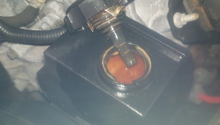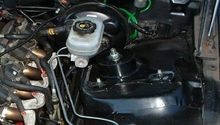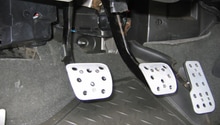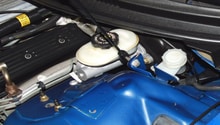Chevrolet Camaro 2010-2015: How to Change Power Steering Fluid
Power steering fluid is basically hydraulic oil, and though there is little chance for it to become contaminated like engine oil, it does lose its lubricating properties with time. If you want your rack and pump to live a good long life, you need them to be properly lubricated with fresh oil on a regular basis.
This article applies to the Chevrolet Camaro (2010-2015).
We tend to think about changing oil and filters on our vehicles, but things like power steering fluid are pushed further down the priority list, and for good reason, because power steering fluid doesn't need to be changed nearly as often as oil. But maintaining fresh fluid in your steering system will prevent component failure and premature wear by keeping everything lubed and running smoothly. Flushing your power steering system and replenishing it with fresh fluid isn't a terribly hard job to do, and pretty much anyone can DIY, so if you're interested in saving a few bucks over the professional cost, we're here to show you how.

Materials Needed
- Drain pan (or something to catch old fluid)
- Funnel
- Power steering fluid
- Length of hose (optional)
- Siphon or turkey baster
Step 1 – Remove the engine cover
Whether you have an LS motor to be proud of, or just the V6 that deserves to be hidden, GM covers everything with a big plastic cover. Take off the oil fill cap and then lift off the entire cover. The power steering fluid reservoir and other vital components are now easy to access.
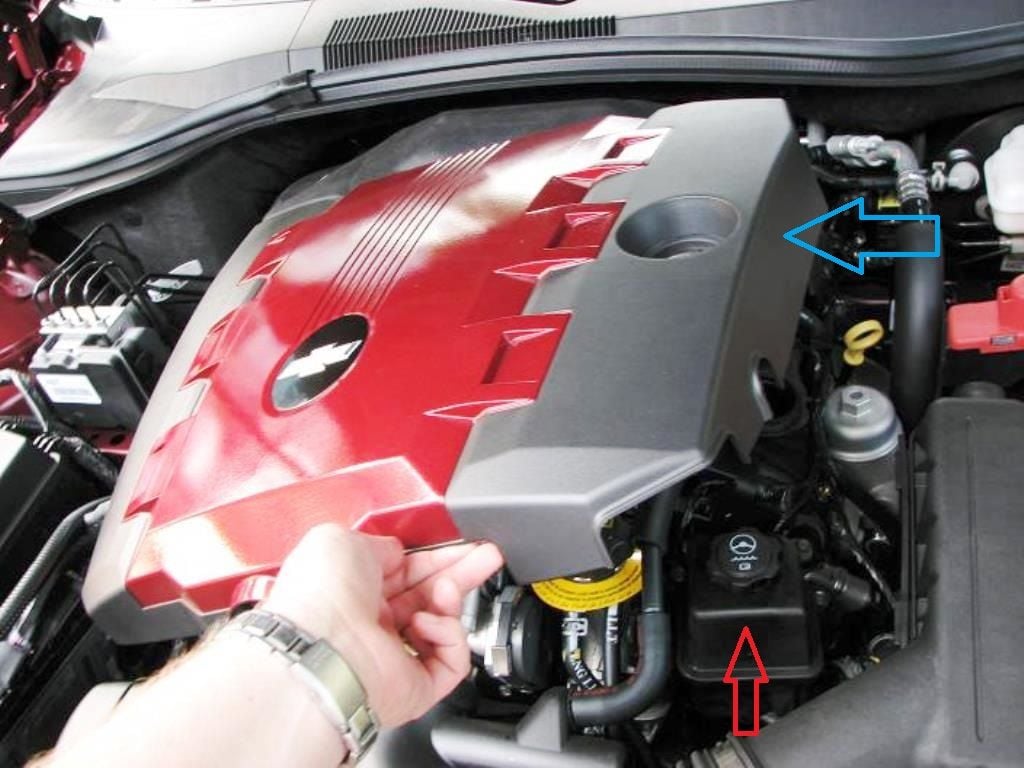
Step 2 – Drain old power steering fluid
Unlike some cars, newer Camaros do not have a drain plug in the power steering system. The best way to drain the power steering fluid is to disconnect the power steering return line where it goes back to the reservoir (Figure 2). Otherwise, use a siphon pump or turkey baster to remove it from the reservoir via the cap.
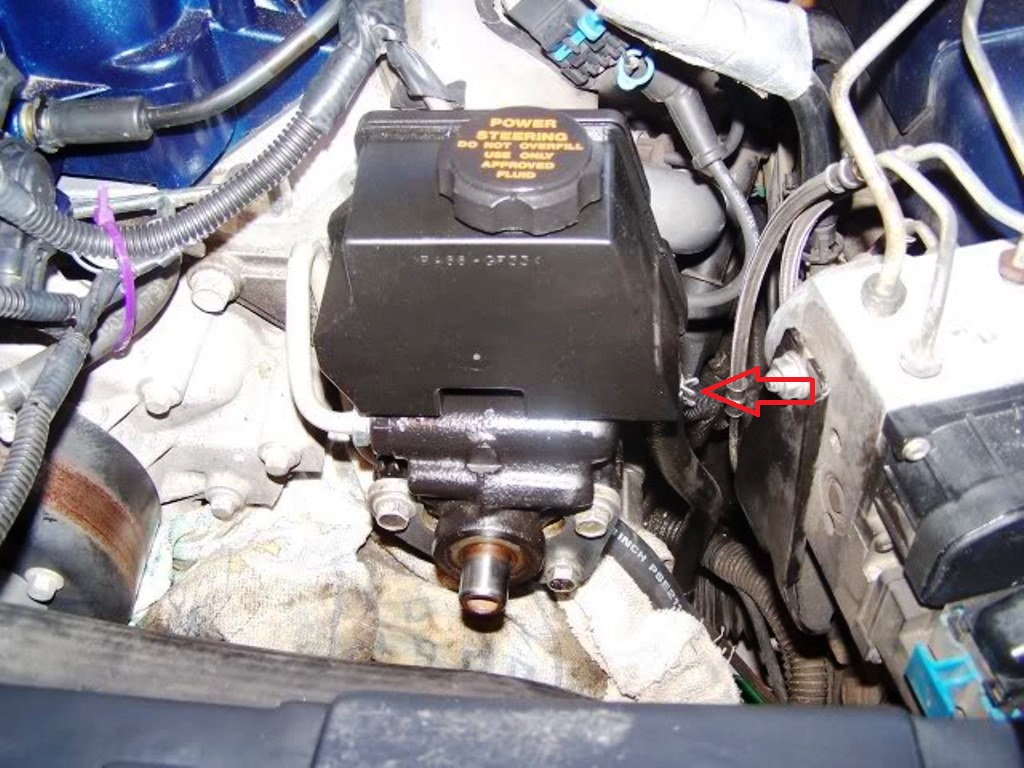
Step 3 – Fill and flush the power steering system
When filling the power steering system with fresh fluid, it's important to ensure there is no air in the system. Reconnect the hose, then fill the reservoir with fresh fluid until it reaches the cold max fill level on the cap. You should need about a quart of GM power steering fluid #89020661. Reinstall the cap on the reservoir and start the car, remove the cap and fill to the hot level. Turn the steering wheel in one direction until it stops, then turn it to full lock in the other direction, repeating this six times. Top off the reservoir if necessary and replace the cap.
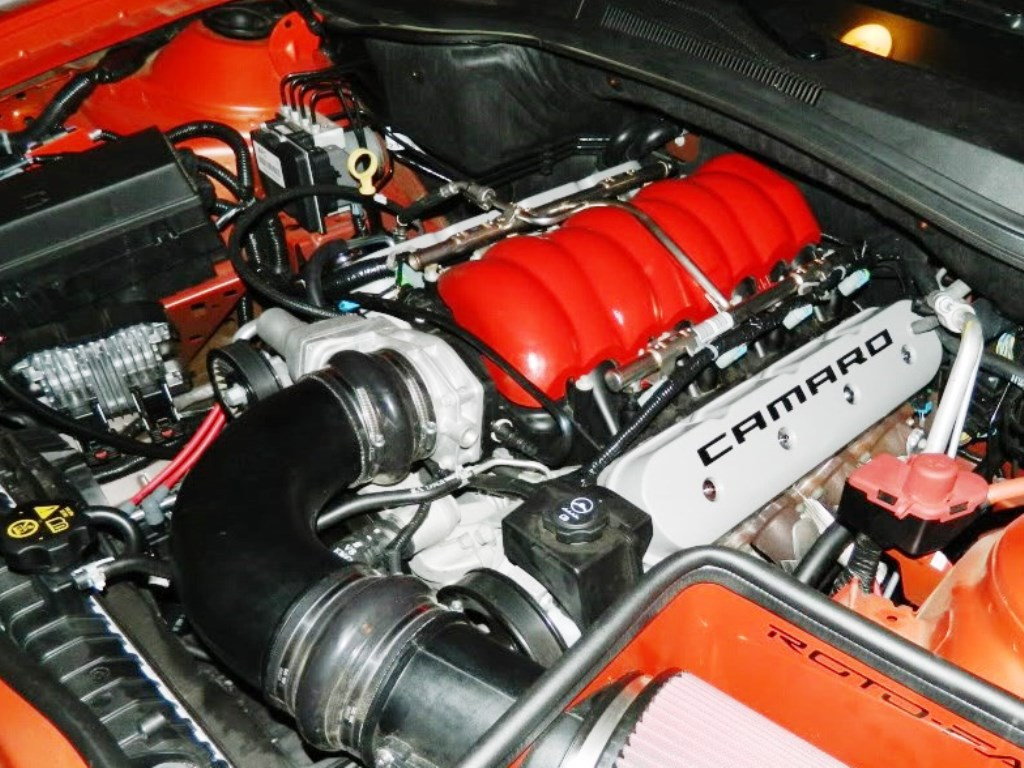
Related Discussions
- How to Flush Power Steering System - LS1Tech.com
- Power Steering Cooling Succes - LS1Tech.com
- Bad Power Steering Fluid Leak - LS1Tech.com

